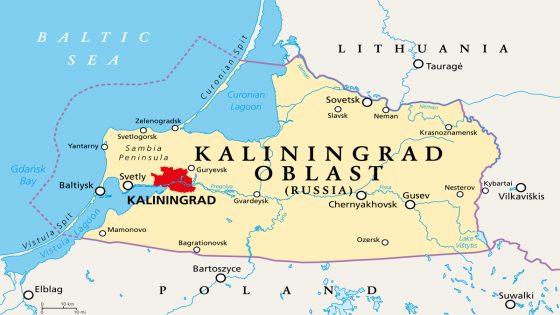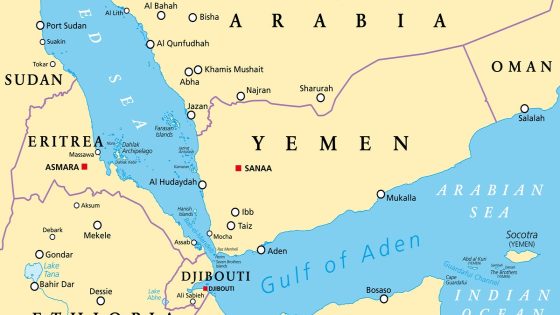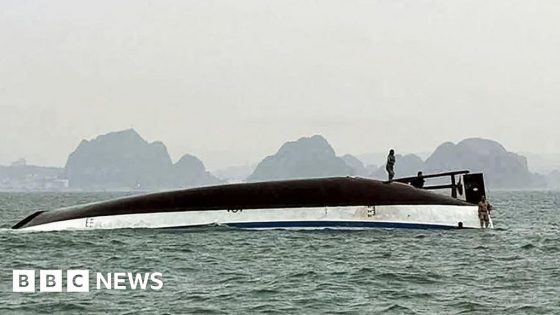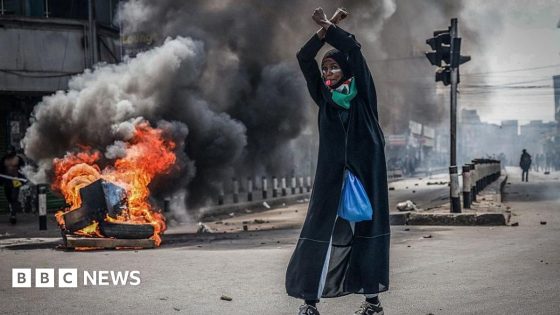NATO’s ability to capture Russia’s Kaliningrad region has reached unprecedented levels, according to Lt. Gen. Christopher Donahue, commander of US ground forces in Europe and Africa. Speaking on July 18, 2025, at the Association of the US Army’s inaugural LandEuro conference in Wiesbaden, Germany, he emphasized that NATO can now strike and seize strategic Russian positions faster than ever before.
- NATO can swiftly capture Kaliningrad region.
- New Eastern Flank Deterrence Line strategy implemented.
- Focus on strengthening Baltic states' defenses.
- Concerns over potential Russian attacks on NATO.
- NATO's largest military exercises since Cold War.
- Devastating response promised to Russian aggression.
This development comes amid growing concerns over potential Russian aggression, particularly in the Baltic states. Kaliningrad, a heavily militarized exclave nestled between Poland and Lithuania, has long been a focal point for NATO’s strategic planning. The Eastern Flank Deterrence Line aims to bolster NATO’s land forces and enhance collaboration among member nations.
The implications of NATO’s increased readiness raise significant questions about regional stability. Will this deterrence strategy effectively prevent Russian expansionism? As tensions mount, it’s crucial to consider:
- Kaliningrad as a potential flashpoint for conflict.
- Strengthening military collaboration among NATO allies.
- Western intelligence warnings about possible Russian attacks within the next decade.
As NATO fortifies its defenses, the global community must remain vigilant and supportive of diplomatic efforts to maintain peace and stability in the region.

































